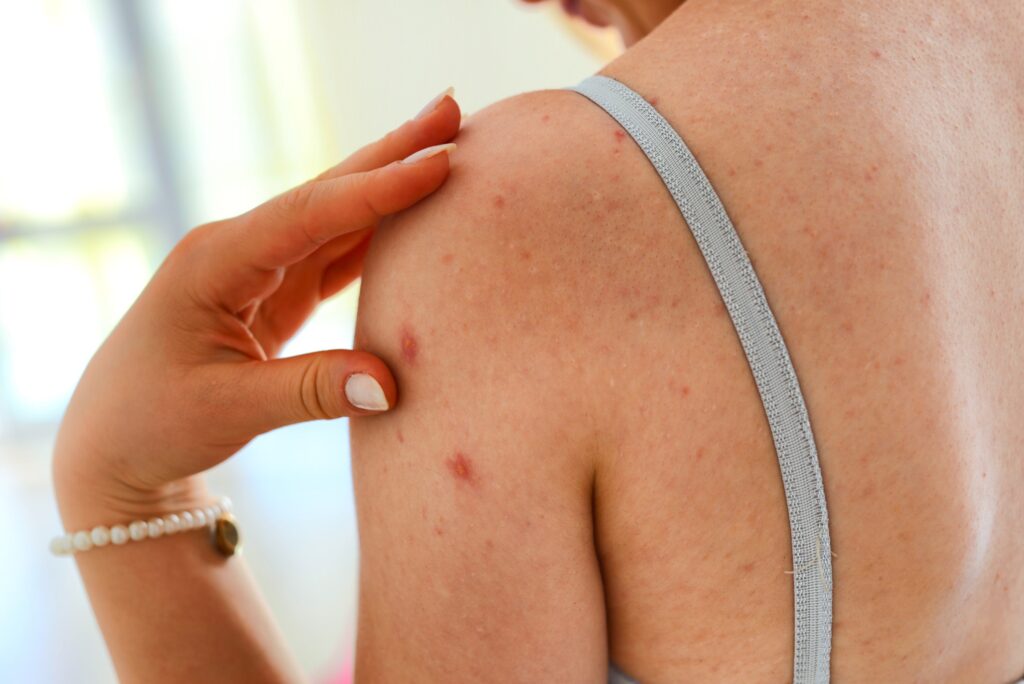Getting vaccinated against the shingles virus could lower your risk of stroke, according to new research presented at the American Stroke Association’s International Stroke Conference. However, a separate study has concluded that treating shingles with the same vaccine after the infection appears has no apparent effect on stroke risk.
Shingles and Stroke
Shingles is a viral infection caused by the varicella-zoster virus, the same virus that causes chickenpox. The virus lies dormant in the body after a chickenpox outbreak, and it can reactivate years later and manifest as shingles, a painful rash that typically appears on the torso.
Scientists have long recognized a connection between shingles and an increased risk for both stroke and heart attacks. The connection seems to lie in the inflammation caused by the infection. Inflamed blood vessels may be prone to tearing, and the tear creates a blood clot that can block blood flow to the brain or the heart. When the brain’s blood supply is cut off in this way, the result is a type of stroke called an ischemic stroke. One study found that the risk of stroke increased by 41% in the first year after a shingles outbreak, and the risk was highest among people under the age of 40.
Preventing Shingles – Vaccines and Lowering the Risk of Heart Disease and Stroke Risk
A vaccine for the shingles virus, Zostavax, has been available since 2006, and it has been proven to reduce the risk of developing shingles by 51%. Although it could be assumed that lowering the risk of shingles should also lower the associated risk of stroke, a new study conducted by the Centers for Disease Control and Prevention aimed to back up that assumption with data.
The study looked at the health histories of more than a million Medicare recipients over the age of 66, both those who had received the shingles vaccine and those who hadn’t, to compare their risk of stroke. The study found that the vaccine lowered overall stroke risk by approximately 16%. The effect was greatest among people ages 66 to 79. The risk for people 80 and older decreased by about 10%.
But does the vaccine only decrease stroke risk by preventing the shingles infection? Can the vaccine or other antiviral therapies to treat the infection after it occurs also lower stroke risk? Another study also conducted by the CDC looked into that possibility and found that treating shingles after an outbreak did nothing to decrease the risk of a stroke in the year following the infection.

A Case for Prevention
The authors of both studies emphasize that preventing shingles is the best strategy for decreasing shingles-related stroke risk, and getting vaccinated is the best way to prevent the infection. That’s especially good news now that Zostavax has been largely replaced by a new vaccine, Shingrix, that is up to 90% effective at preventing shingles. Both CDC studies examined the effects of the older vaccine, and there is reason to believe that the more effective vaccine might have yielded even more promising results.
For the latest updates on current and upcoming research projects funded by donations made to the United Brain Association, or for easy access to newly published blogs, updates, and events, sign up for our email newsletter, here.
You Are Not Alone
For you or a loved one to be diagnosed with a brain or mental health-related illness or disorder is overwhelming, and leads to a quest for support and answers to important questions. UBA has built a safe, caring and compassionate community for you to share your journey, connect with others in similar situations, learn about breakthroughs, and to simply find comfort.

Make a Donation, Make a Difference
We have a close relationship with researchers working on an array of brain and mental health-related issues and disorders. We keep abreast with cutting-edge research projects and fund those with the greatest insight and promise. Please donate generously today; help make a difference for your loved ones, now and in their future.
The United Brain Association – No Mind Left Behind




